Named a UNESCO World Heritage Site in 1979, the Plitvice Lakes National Park (Nacionalni park Plitvička jezera in Croation) is a spectacular display of how beautiful nature can truly be.
The park itself is one of the oldest in national parks in Southeast Europe and the largest park in Croatia, located in the center of the country, near the border of Bosnia and Herzegovina.
Each year, over one million visitors pass through the park to see the collection of lakes, caves and waterfalls. These have been formed over time by the karst landscape, essentially the dissolution of soluble rocks such as limestone, dolomite and gypsum. This creates formations such as sinkholes, caves and underground drainage systems, as you can see at Plitvice.
The 16 surface level lakes, as well as numerous underground lakes are connected together, following the natural flow of the water. They are separated, however by travertine barriers, that have formed as a result of the landscape.
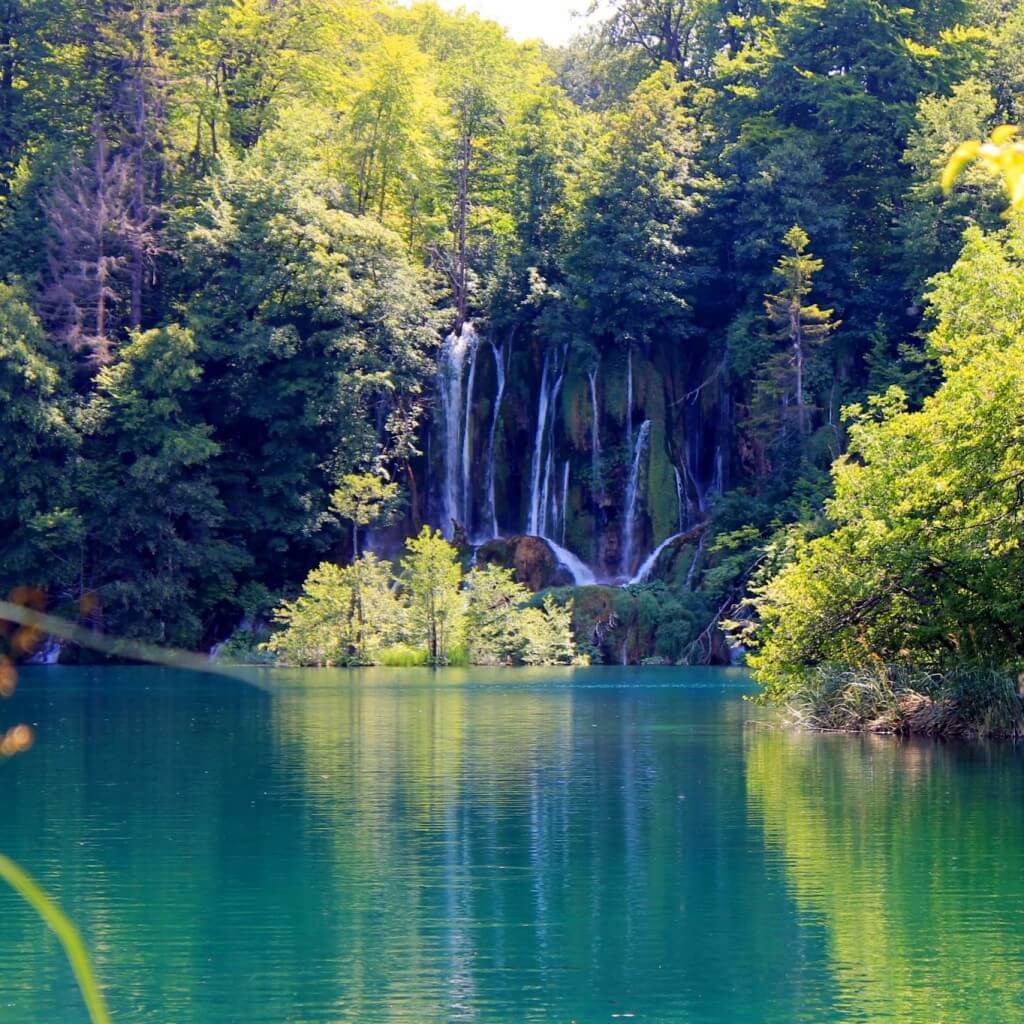
When you visit the park, there are a few things to expect. First, the water may perhaps be the clearest you have ever seen. For example, when I visited there was a fallen tree in the middle of one of the lakes and we could see each individual twig on the branches. It’s absolutely stunning, but you are not allowed to swim in the lakes to preserve their virtue.
Also, expect to see tons of biodiversity. There are many varieties of plants and thick forests as well as a wide array of animal species such as brown bears, wolves, owls and over 125 species of birds. Thankfully, we only saw birds during our visit!
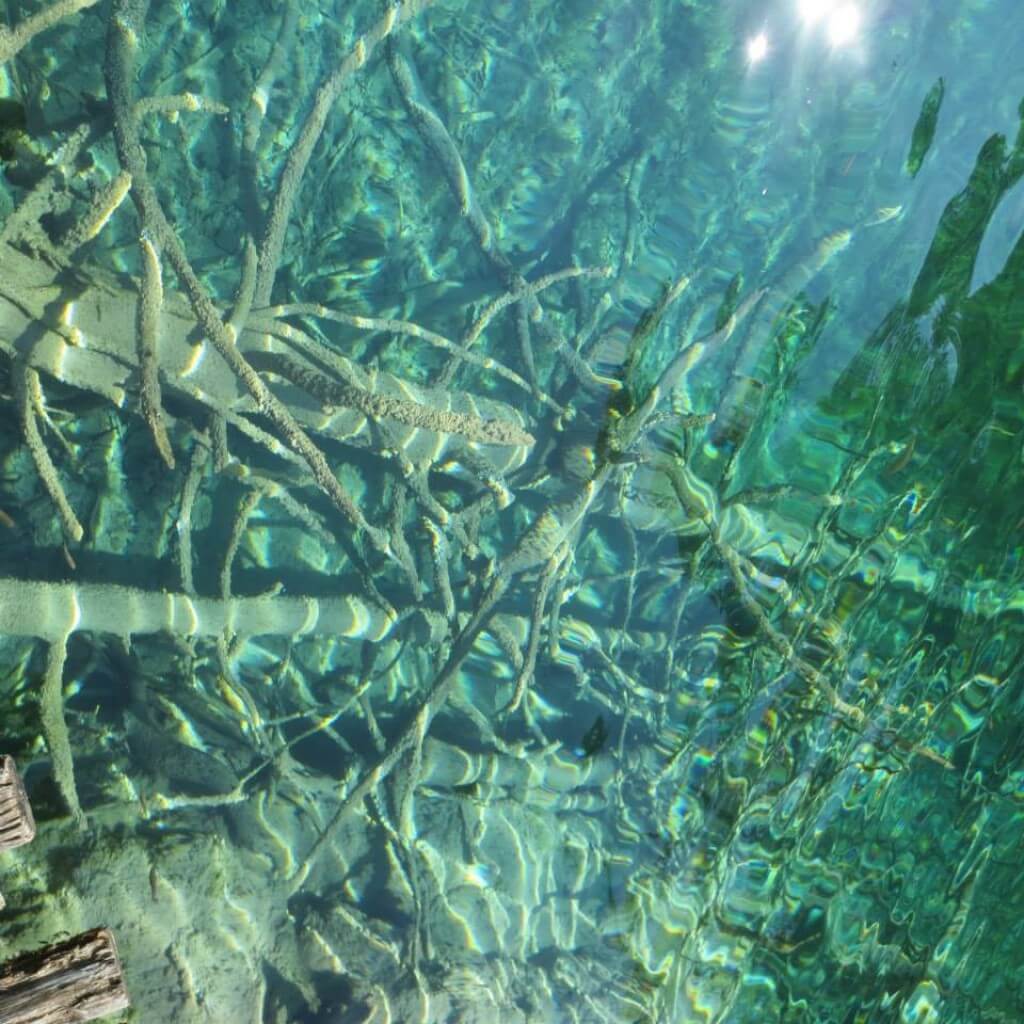
Depending on your level of walkability and time available, there are different paths to follow and various sites to explore such as the upper lakes, lower lakes, Plitvica Stream, Korana River, Šupljara Cave, Karlovci (a relief built on predominantly carbonate rock) and Čorkova Uvala, the large forest situated at an altitude of 860-1028 meters. No matter where you choose to explore, however, levels change very quickly, so bring a good pair of walking shoes and some comfortable clothes.
There is also accommodation available at or close to the park. A list can be found on here. We didn’t stay very close to the park, but instead at a small bed and breakfast about 30 min outside. We took the bus very cheaply (around 2 euros each way) to the park from our apartment. I can’t say what it would be like to stay close to the park, but if there isn’t any accommodation availability for when you want to visit, definitely check out some of the places a little farther out. It was very cheap and we even had a terrace with a beautiful view of the landscape. Our host didn’t speak any English, but that just added to the fun!
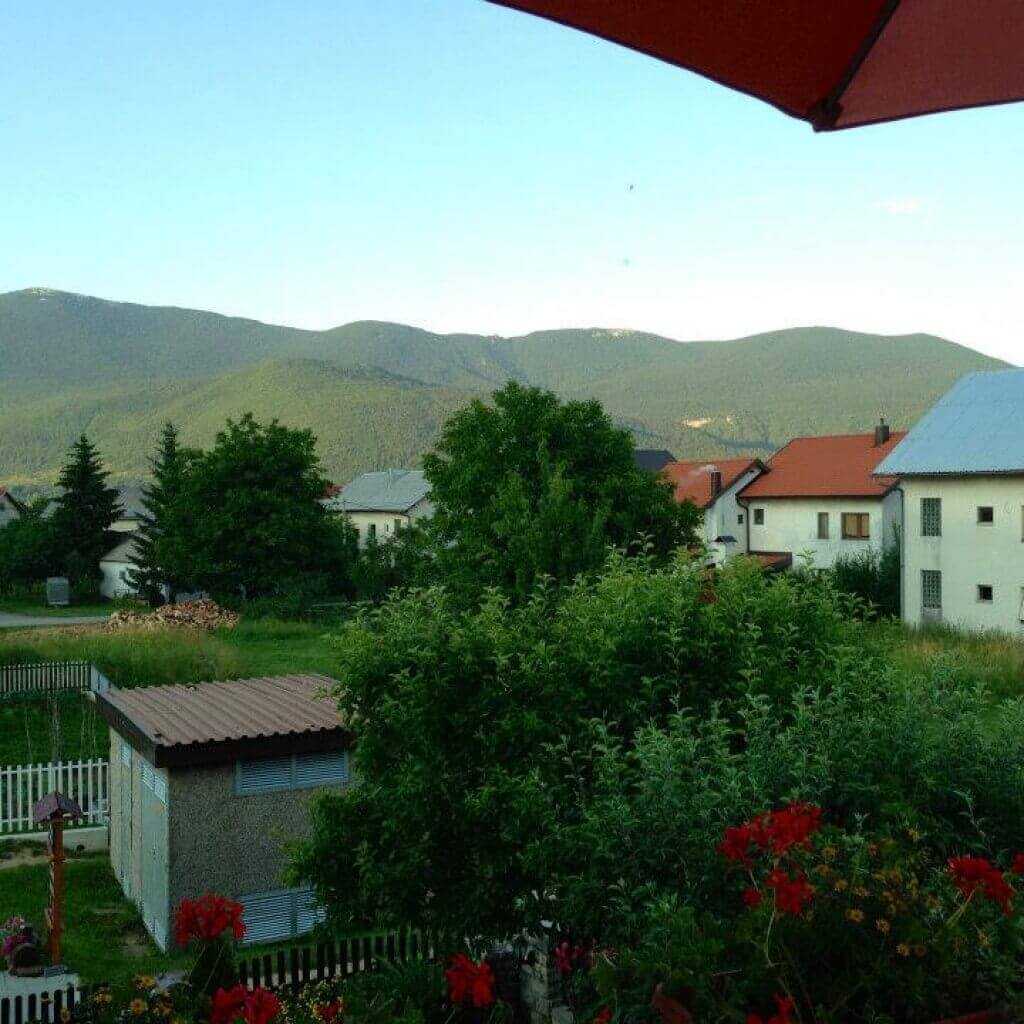
Overall, a visit to the Plitvice National Park seemed more like a dream than reality. I was so utterly perfect and tranquil, you felt as though you were in an alternate, magical universe! If you feel like you need a new kind of vacation this summer, definitely give it a try!
[Plitvice Lakes National Park website], [UNESCO], [Wikipedia]
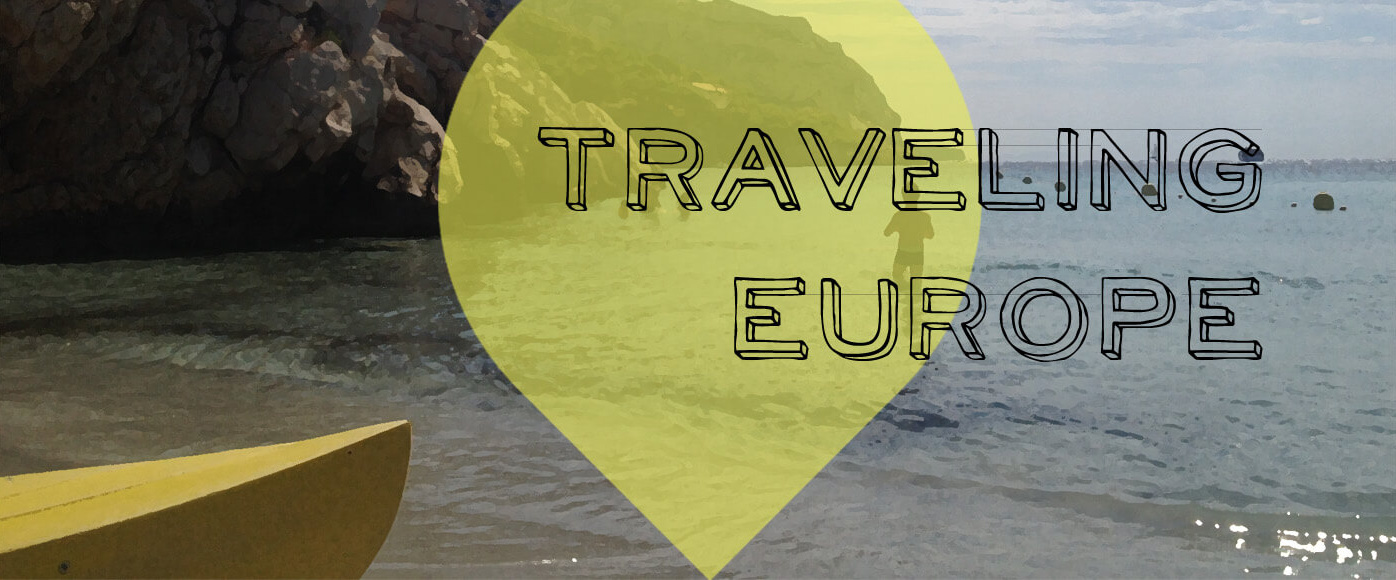

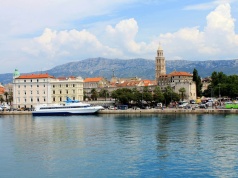
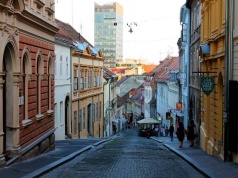
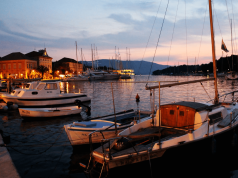

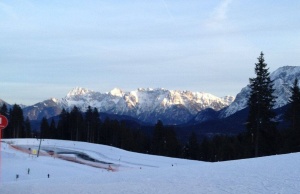
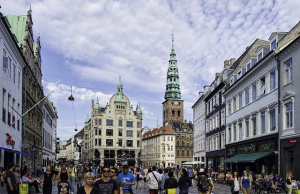

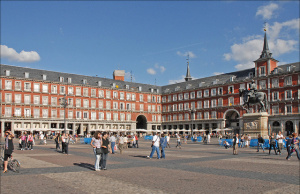


ya beautiful…green water.see that….its freshhh
Where is this place
In Croatia !
Beautiful ..
Beautiful!
Comments are closed.